A time capsule above Tešanj: A fortress that has seen its share of unsuccessful conquerors!
In the heart of Bosnia, nestled among the hills that follow the flow of the Bosna River, stands one of the most well-preserved and impressive fortresses in the country: the Old Town of Tešanj. Like a stone guardian of time, it bears witness to thousands of years of the region’s turbulent history, from prehistoric settlements and Roman strongholds to medieval battlefields and modern cultural events. Alongside neighboring fortresses — forming a historical triangle in northern Bosnia — the Tešanj Gradina still tells a tale of resistance, transformation, and survival.
Perched on a steep hill above the Tešanjka River, the fortress makes use of the natural terrain as its first line of defense. Its foundations date back to the Bronze Age, when the Illyrians first constructed a stronghold at this very site. The Romans later destroyed that settlement and built their own, which was then demolished and reshaped by the Slavs upon their arrival. The medieval fortress, as we know it today, began to take shape in the late Middle Ages.
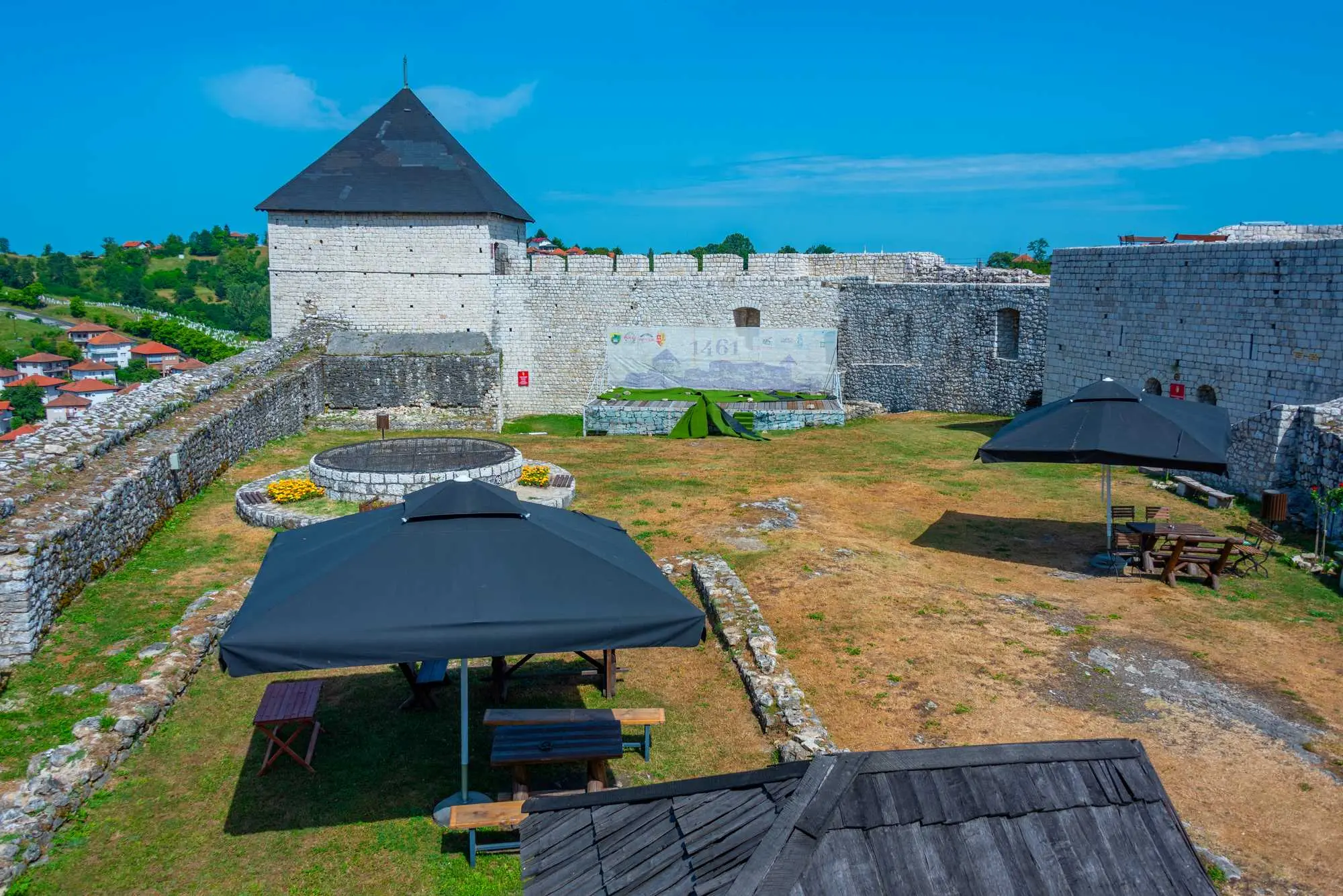
Tešanj fortress, Photo: Dudlajzov Depositphotos
The first written record of Tešanj as a town dates back to 1461, when the Bosnian king Stjepan Tomašević granted it to his uncle Radivoje. However, just two years later, the town came under Ottoman rule. It wasn’t until the 1520s that the Ottomans stationed a permanent military garrison here and began extensive fortification works. The walls were reinforced, towers were built, and a monumental entrance gate was constructed in the style of classical Ottoman military architecture.
In 1697, during the height of the Great Turkish War, the Tešanj fortress became the target of the renowned Austrian military commander Prince Eugene of Savoy. For three days, he bombarded the stone stronghold with his army and cannons, but to no avail — the Gradina stood firm and unconquered. That moment remains recorded as one of the proudest chapters in its defensive history.
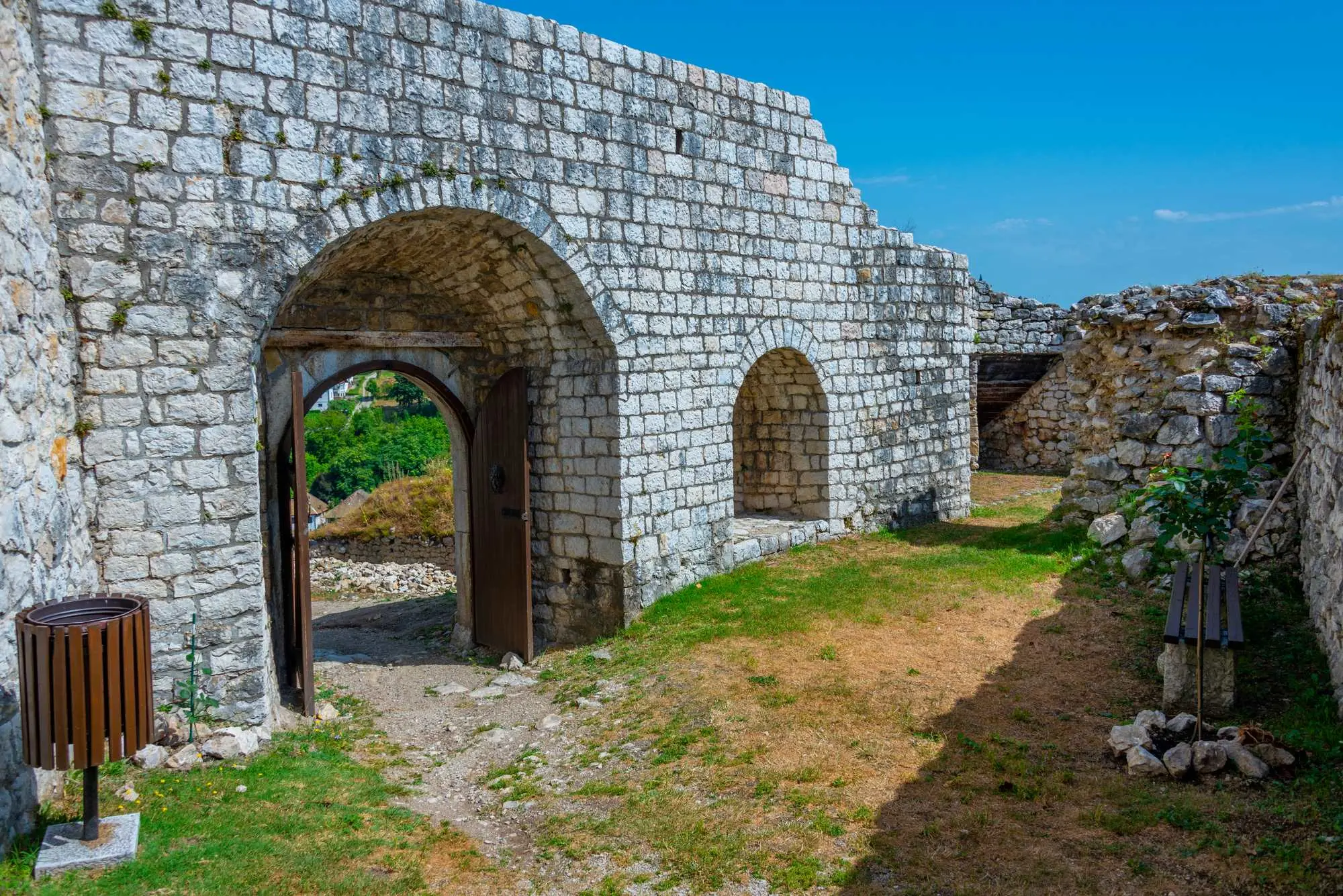
Tešanj fortress, Photo: Dudlajzov Depositphotos
In the centuries that followed, with the development of firearms and the evolution of military strategies, the fortress gradually lost its defensive function. With the arrival of Austro-Hungarian rule in 1878, its strategic importance diminished further, and the site fell into a state of neglect. Yet, history had not spoken its final word. During World War II, the fortress was temporarily occupied by the army of the Independent State of Croatia. On September 9th, 1944, in a symbolic turn of events, the Tešanj fortress was taken over by units of the Yugoslav Partisans. After that, the fortress once again faded into silence and obscurity.
It wasn’t until the 1960s, when a lightning strike severely damaged one of the towers and threatened its collapse, that serious conservation efforts began. During the 1970s, the fortress was placed under protection, and later, a permanent museum exhibit was established. Today, the Tešanj fortress covers more than 6,000 square meters within its walls, with two prominent towers: the Kapetanova (Captain’s) and Dizdareva (Fort Commander’s) towers. The restored Dizdareva Tower now houses the permanent exhibition “Tešanj Through the Centuries,” showcasing artifacts from the ancient, medieval, and modern periods.
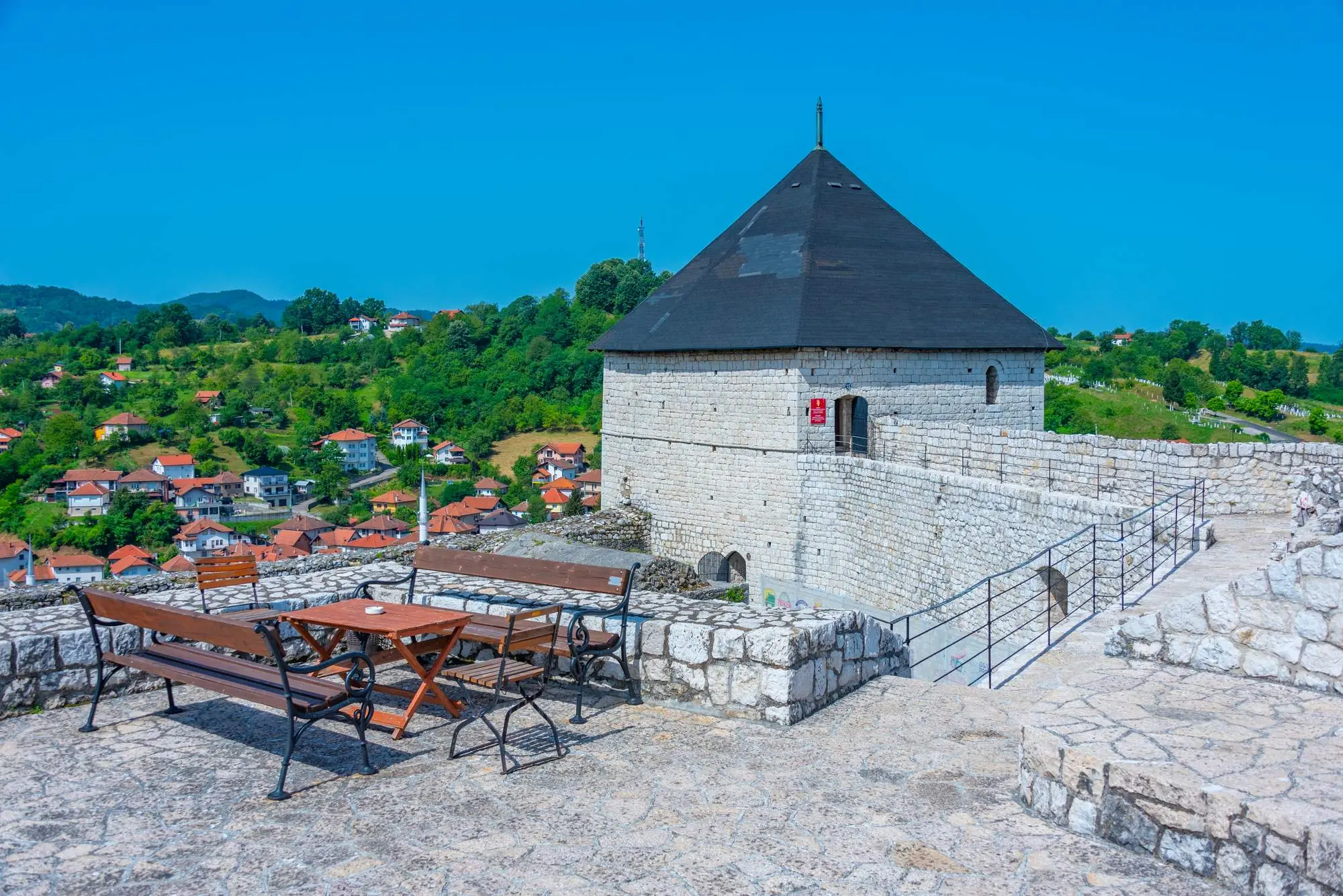
Tešanj fortress, Photo: Dudlajzov Depositphotos
In addition to the museum, the fortress serves as a meeting place and cultural event: concerts, workshops, exhibitions, and events bring the stone corridors that once guarded the army to life. It is open to visitors all year round, and the entrance fee is a symbolic 3 KM, with discounts for children and groups.
The Tešanj Fortress is not just a historical monument; it is a living reminder of the strength of the local community to preserve what is valuable. While other magnificent fortresses rise nearby, such as Doboj—a fortress that was burned and ravaged at least 18 times—or Maglaj, which has proudly looked out over the Bosna River for centuries, Old Town in Tešanj stands quietly but steadfastly. It is not the tallest or the largest, but it is undoubtedly one of the most resilient.
If your trip takes you to Tešanj, climb up to the walls, breathe in history, and let the stone ramparts tell you their story. You won’t regret it. Apart from the Old Town, I also recommend visiting the Eminagić Inn, the Gazi Ferhad Bey Mosque, and enjoying a walk through the old bazaar.

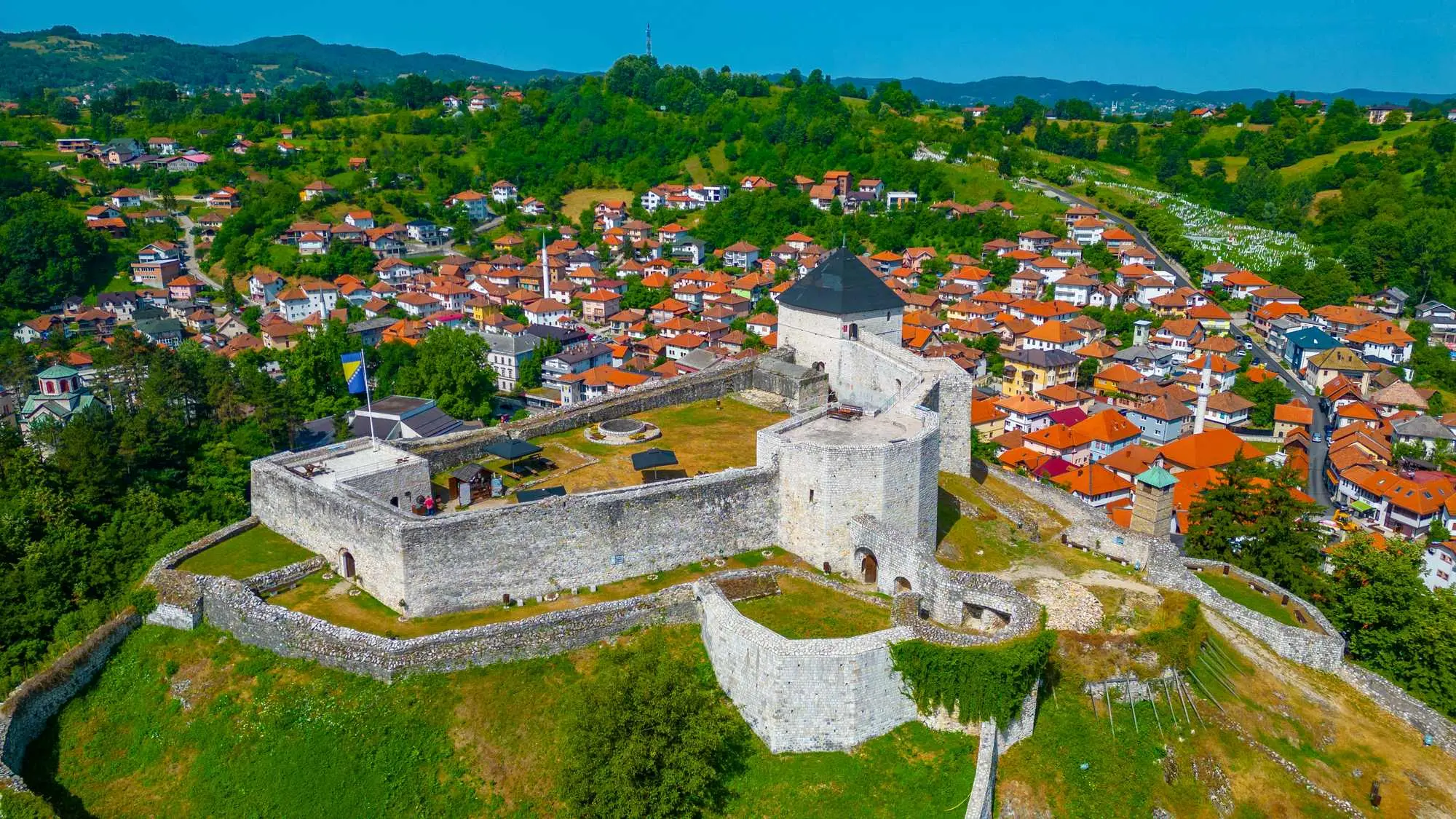
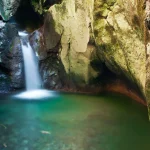

Leave a Reply